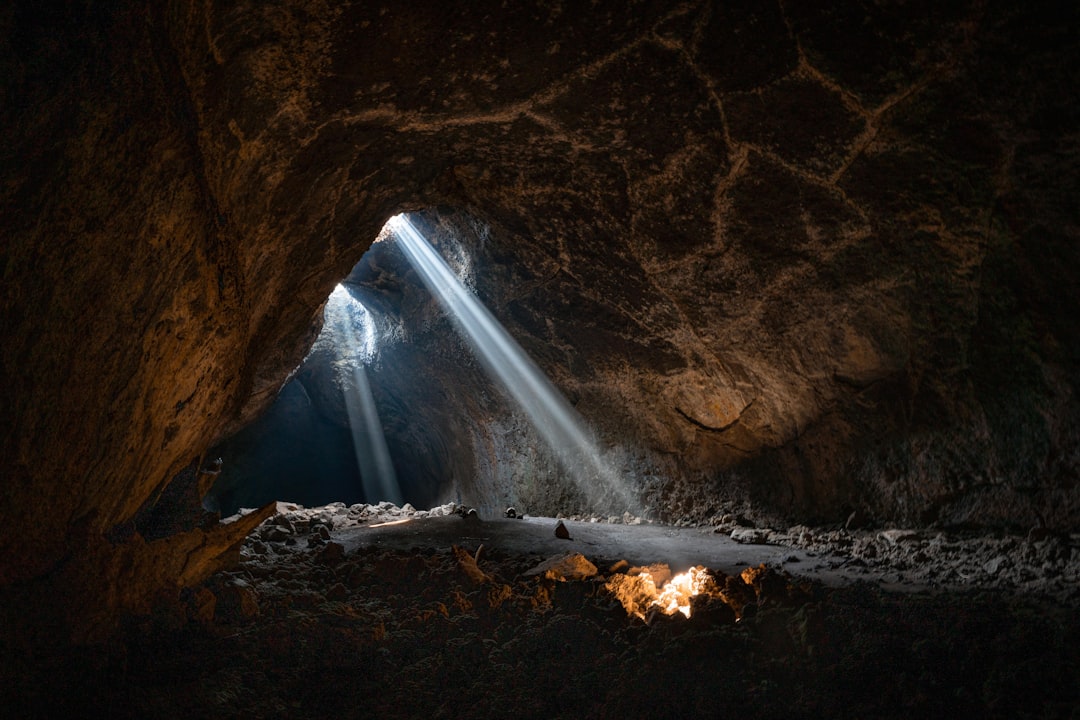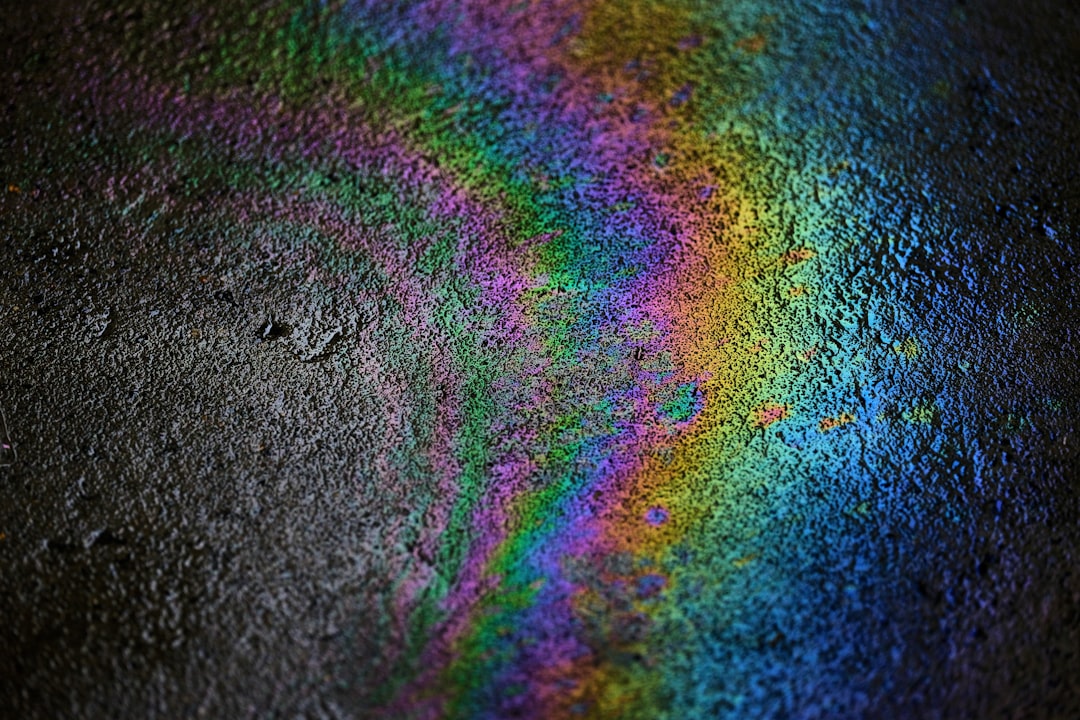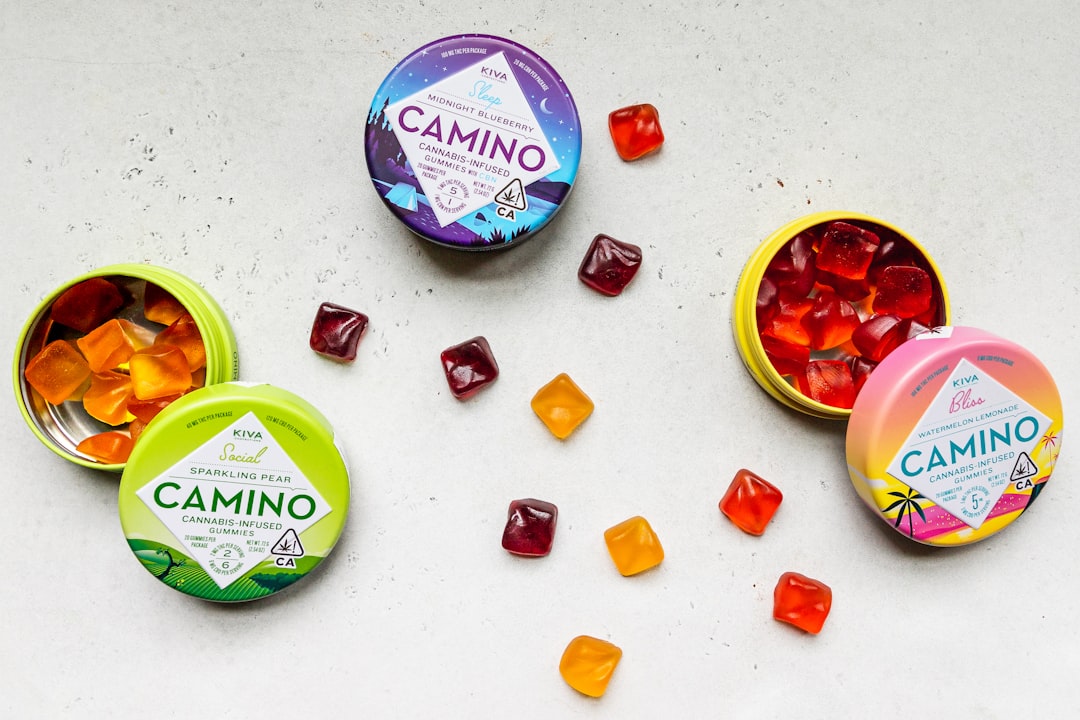What is it about?
The present study showed that the mantle edge has different attributes and characteristics in different species of pearl oysters, with clear variation in the morphology and structure of the three folds of the mantle edge across species and genera. Differences in the structure and thickness of the epithelium of different areas of the mantle edge were detected, with epithelial cells being positioned in different areas depending on function. Ultimately, each part of the folds has a different and specific role. Consequently, even the outside and the inside of each fold might have different epithelial secretions.
Featured Image
Why is it important?
The Persian Gulf’s black-lip species (Pinctada persica) has recently been introduced as a new species among the pearl producing oysters of the Persian Gulf. There is very little data concerning this species, especially since the mantle, which is responsible for the production of cultured pearl as well as its quality, has not been studied. This paper will most probably receive much attention from those who work in the fields of histology, physiology and aquaculture.
Perspectives
The Persian Gulf’s black-lip species (Pinctada persica) has recently been introduced as a new species among the pearl producing oysters of the Persian Gulf. There is very little data concerning this species, especially since the mantle, which is responsible for the production of cultured pearl as well as its quality, has not been studied. This paper will most probably receive much attention from those who work in the fields of histology, physiology and aquaculture. Such knowledge would help overcome the problems in the field of pearl farming, while also increasing the quality of cultured pearls in the Persian Gulf. The Pinctada persica pearl producing species, which is native to the Persian Gulf and produces pearls of high quality, is more important for study compared to the other species. Lack of proper knowledge in farming cultured pearls has led to the production of low quality pearls, which could be addressed by improving our understanding on the mantle edge. The results of this study are expected to provide a baseline on which to develop future studies to improve the pearl farming industry.
Fatemeh Parvizi
Hormozgan University
Read the Original
This page is a summary of: Mantle histology and histochemistry of three pearl oysters: Pinctada persica, Pinctada radiata and Pteria penguin, Molluscan Research, October 2017, Taylor & Francis,
DOI: 10.1080/13235818.2017.1387039.
You can read the full text:
Contributors
The following have contributed to this page










